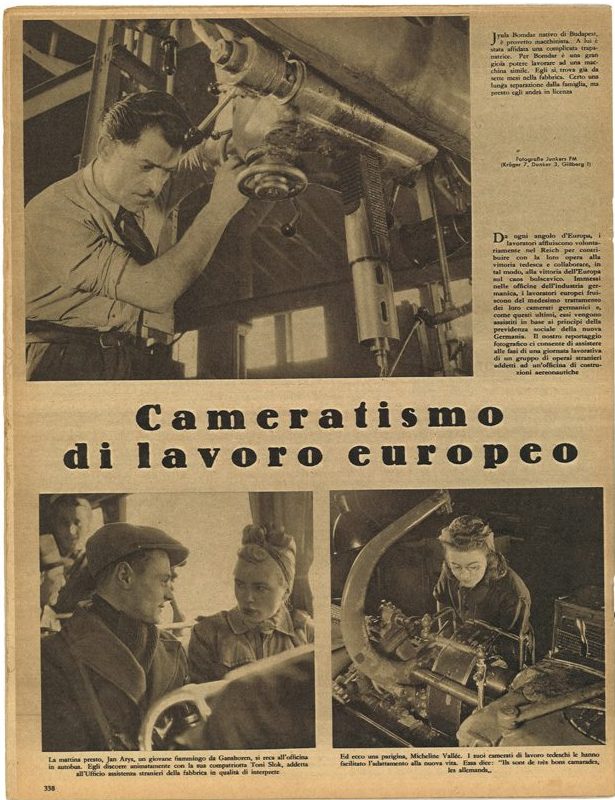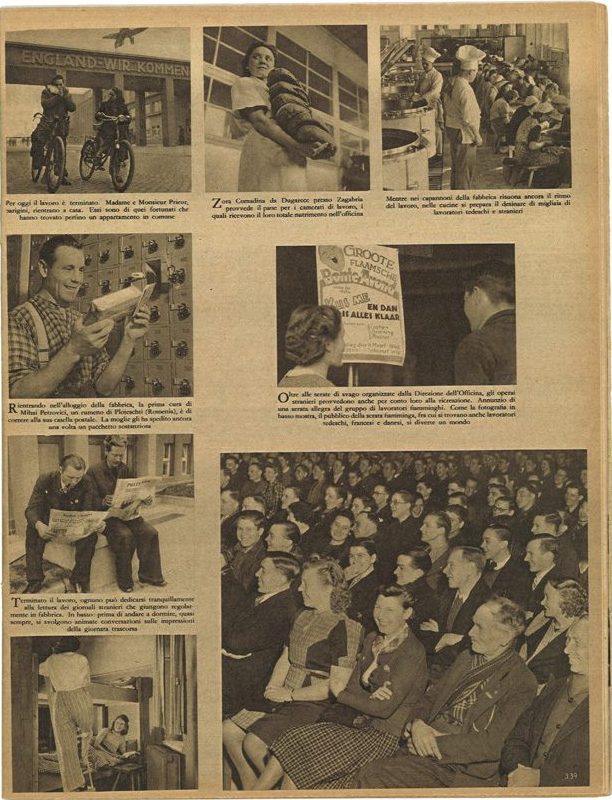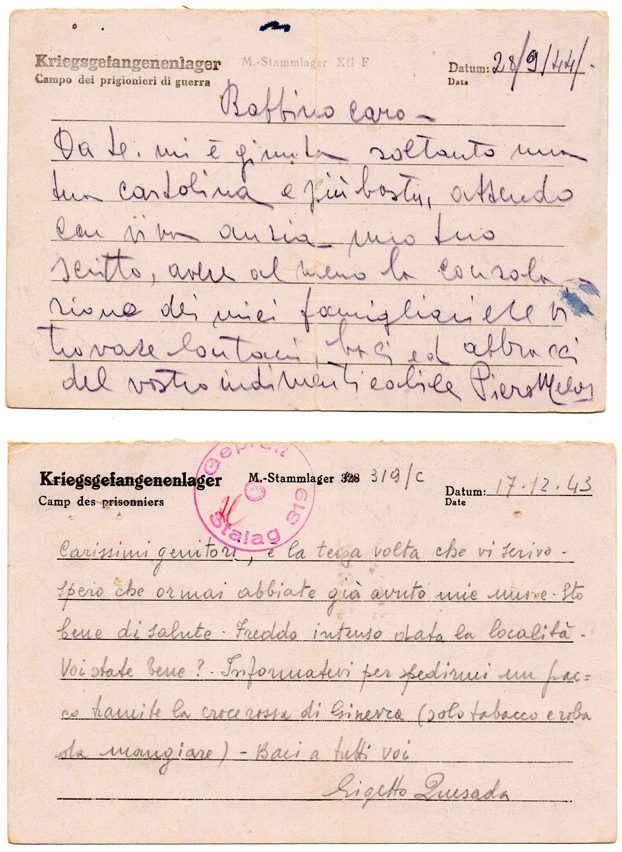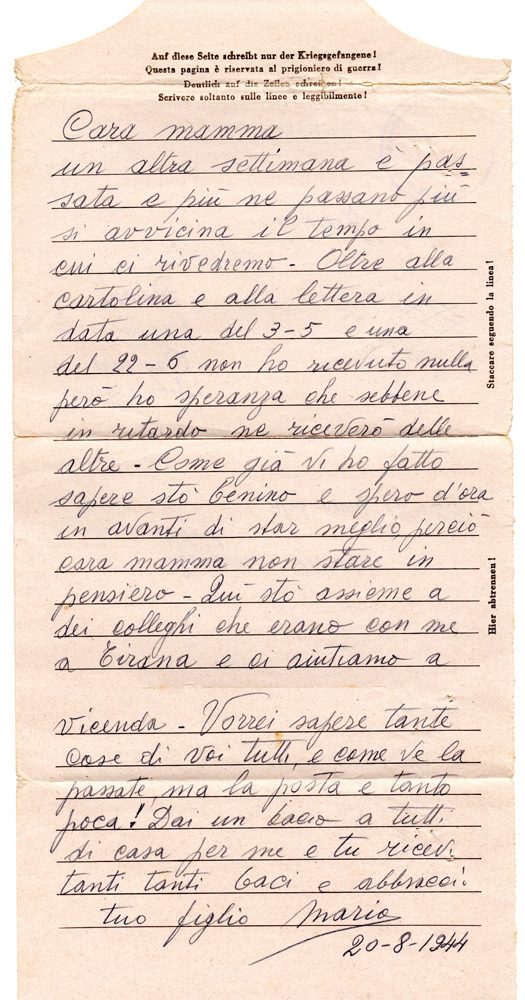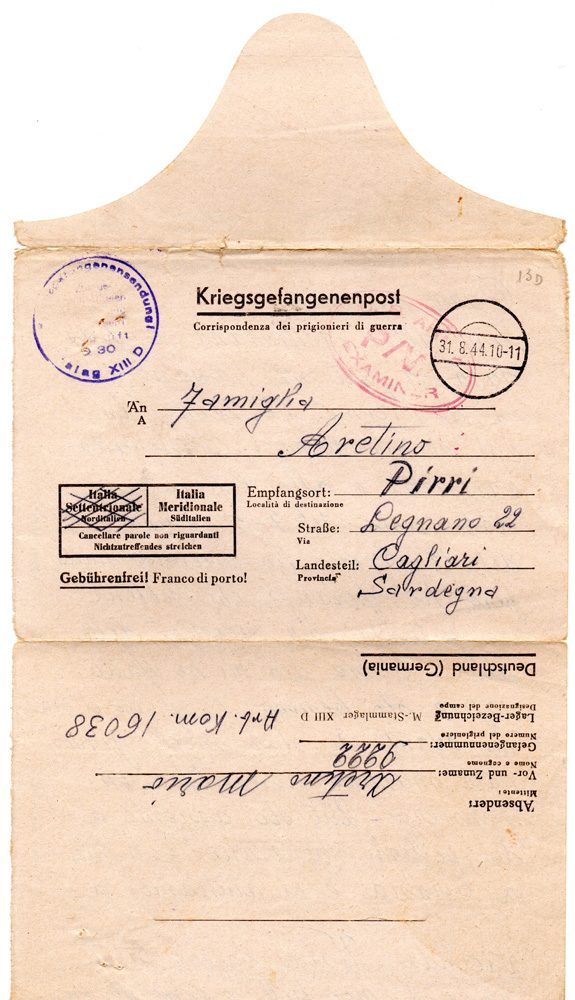Starting from 8 September and for an entire week, the German troops withdrew from Sardinia with the mechanised units of the 90th Panzergrenadier Division, as agreed with General Antonio Basso, for a trouble-free evacuation from the island. There were therefore none of the many tragic episodes that bloodied the Italian mainland for over a year and a half, and nor were any people abducted from Sardinia to be sent to the KL (if political deportees), to Auschwitz (if Jews), to Stalag and Oflag (if military), or to the system controlled by the GBA Fritz Sauckel (if forced workers).
This does not mean that the Sardinians remained on the margins of the Resistance or were unaffected by the deportations: thousands of soldiers active on the war fronts were disarmed and captured, just like other Italian servicemen, and became IMIs, while many others joined the partisans both in Italy and in foreign occupation zones, and finally a large number of Sardinian emigrants – especially in Germany and France – were employed as workers, some forced, for the Reich. Not many of the latter came directly from Sardinia, because despite the propaganda of the Monarcho-Fascist regime, which from 1938 onwards focused on the recruitment of manpower for Germany, the response on the island was somewhat unenthusiastic, except for in the mining areas.
On the other hand, “emigration” to the mainland and the cities of Northern Italy remained stable: and it is from there that a good number of Sardinian workers were transferred, mainly forcibly following 8 September 1943.
THE HISTORIANS’ VIEW
The situation of Sardinia after 8 September compared to the Italian mainland.
Reasons for the presence of Sardinians outside the region, in Italy or abroad.
The origin of civilian workers and identification of their activity or qualification.
by Marina Moncelsi
